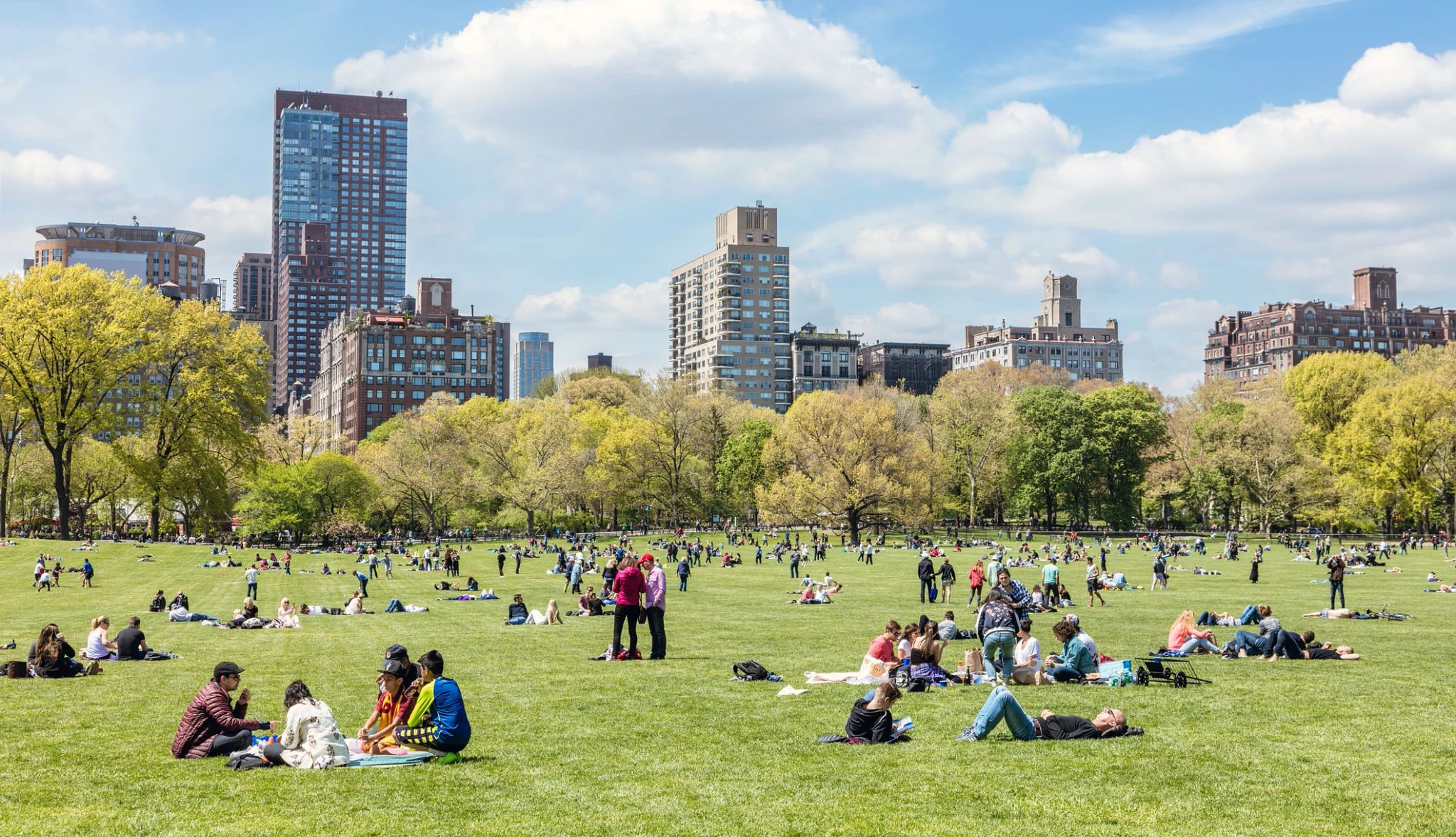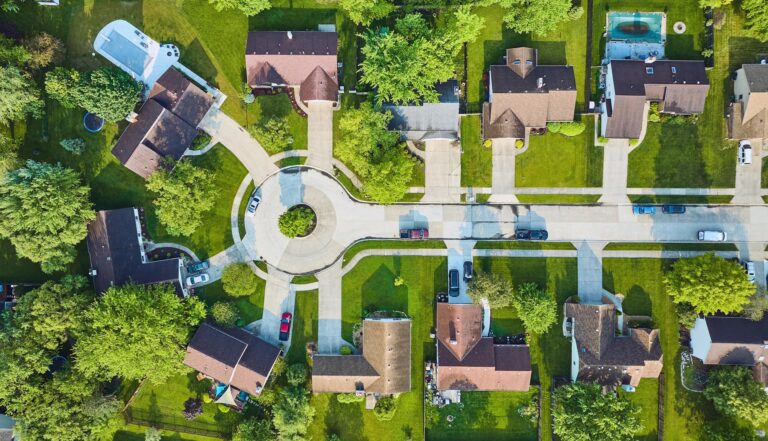If you were asked to name the factors that increase your risk for heart disease, cancer, diabetes, or any other lifestyle-related disease, you’d probably name the usual ones: drinking too much alcohol, not getting enough exercise, and smoking. And you’d be right.
But a growing body of research suggests we should add some unexpected factors to the list: ones that have nothing to do with lifestyle habits and everything to do with what experts call “the built environment.” This once meant just places and spaces like parks, buildings, and transportation systems. But the definition is expanding to include the walkability and bikeability of neighborhoods, as well as access to healthy foods and community gardens.
A recently published study Journal of the American Heart AssociationIt found that people living in environments with a host of environmentally unfavourable conditions – including air and water pollution, busy roads and a lack of green space – could be up to twice as likely to develop heart disease or stroke.
“Our health is not just about what we eat or how often we exercise. It also involves the world just outside our homes,” says David Rojas, MD, assistant professor of epidemiology at Colorado State University and the Colorado School of Public Health. “The places we live play a surprisingly large role in our health, often without us realizing it.
“Think about your daily habits,” adds Rojas. “Is there a park nearby where you can take a morning walk? What’s the quality of the air you breathe? Is there a corner store or farmers’ market where you can buy fresh produce? These seemingly small details of our built environment can have a huge impact on our health as we age.”
Is your neighborhood making you sick? Read on to find out five ways your environment can affect your health.

1. Lack of green space
The obvious health benefits of having easy access to parks don’t end there: Sure, parks are like an open invitation to stay physically active, but they’re not the only ones.
“Exposure to green spaces is linked to lower stress hormone levels, improved mood and overall health,” says Sarju Ganatra, MD, medical director of sustainability and director of the cardio-oncology program at Beth Israel Lahey Hospital & Medical Center in Burlington, Massachusetts.
1 review of studies published in 2022 JAMA Network Open Exposure to green space has also been suggested to improve cognitive function: The researchers compared the cognitive test results of more than 13,500 women, with an average age of 61, to the amount of green space they had easy access to, and found that women living in areas with more green space scored higher on measures of thinking speed, attention, and overall cognitive function.
“Parks foster social interaction and community bonding, and are beneficial for our mental and emotional health,” says Ganatra. But what’s more, “the presence of trees and green spaces improves air quality and reduces heat in urban areas, which can lead to improved physical health.”


